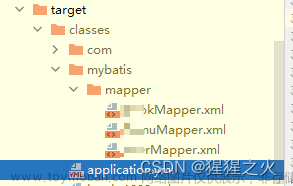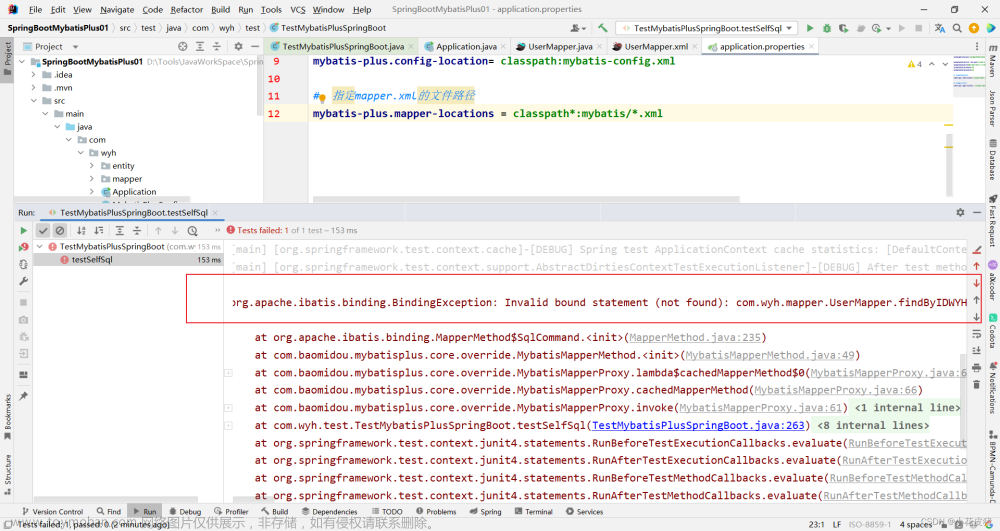Signals of most probably extra-terrestrial origin have been received and digitalized by The Aeronautic and Space Administration (that must be going through a defiant phase: "But I want to use feet, not meters!"). Each signal seems to come in two parts: a sequence of n integer values and a non-negative integer t. We'll not go into details, but researchers found out that a signal encodes two integer values. These can be found as the lower and upper bound of a subrange of the sequence whose absolute value of its sum is closest to t.
You are given the sequence of n integers and the non-negative target t. You are to find a non-empty range of the sequence (i.e. a continuous subsequence) and output its lower index l and its upper index u. The absolute value of the sum of the values of the sequence from the l-th to the u-th element (inclusive) must be at least as close to t as the absolute value of the sum of any other non-empty range.
Input
The input file contains several test cases. Each test case starts with two numbers n and k. Input is terminated by n=k=0. Otherwise, 1<=n<=100000 and there follow n integers with absolute values <=10000 which constitute the sequence. Then follow k queries for this sequence. Each query is a target t with 0<=t<=1000000000.
Output
For each query output 3 numbers on a line: some closest absolute sum and the lower and upper indices of some range where this absolute sum is achieved. Possible indices start with 1 and go up to n.
Sample文章来源:https://www.toymoban.com/news/detail-709666.html
| Inputcopy | Outputcopy |
|---|---|
5 1 -10 -5 0 5 10 3 10 2 -9 8 -7 6 -5 4 -3 2 -1 0 5 11 15 2 -1 -1 -1 -1 -1 -1 -1 -1 -1 -1 -1 -1 -1 -1 -1 15 100 0 0 |
5 4 4 5 2 8 9 1 1 15 1 15 15 1 15 |
#include<iostream>
#include<algorithm>
#include<map>
#include<cstring>
#include<vector>
#include<cmath>
#include<cstdlib>
using namespace std;
const int N = 1e5 + 10;
const int INF = 0x3f3f3f3f;
int n, k;
vector<pair<int, int>> b;
struct node {
int num; //数值
int id; //位置
int sum; //前缀和
}a[N];
bool cmp(node a, node b)
{
return a.sum < b.sum;
}
int main()
{
while (cin>>n>>k && (n || k))
{
//读入数据
a[0].num = a[0].id = a[0].sum = 0;
for (int i = 1; i <= n; i++)
{
cin >> a[i].num;
a[i].id = i;
a[i].sum = a[i - 1].sum + a[i].num;
}
sort(a, a + n + 1, cmp); //按照前缀和从小到大排序
int t;
while (k--)
{
cin >> t;
int ans = 0, ansl = 0, ansr = 0;
int left = 0, right = 1;
int minsum = INF,temp;
while (left <= n && right <= n)
{
temp = abs(a[right].sum - a[left].sum); //每次计算从l到r的前缀和
if (abs(temp - t) < minsum) //如果temp与t的距离更,则更新最小的距离minsum,左端点和右端点
{
minsum = abs(temp - t);
ans = temp;
ansl = a[left].id < a[right].id ? a[left].id + 1 : a[right].id + 1; //左端点要加一,不然案例一的答案就不是4 4,而是3 4
ansr = a[left].id < a[right].id ? a[right].id : a[left].id;
}
if (temp < t) right++; //如果temp小于t,就往大的找,尽量降低最小距离
else if (temp > t) left++;//道理同上
else break;
if (left == right) right++;
}
cout << ans << " " << ansl << " " << ansr << endl;
}
}
return 0;
}文章来源地址https://www.toymoban.com/news/detail-709666.html
到了这里,关于C - Bound Found的文章就介绍完了。如果您还想了解更多内容,请在右上角搜索TOY模板网以前的文章或继续浏览下面的相关文章,希望大家以后多多支持TOY模板网!













